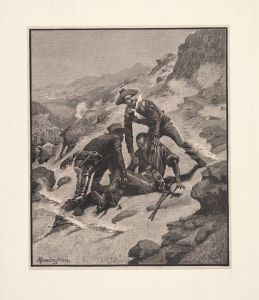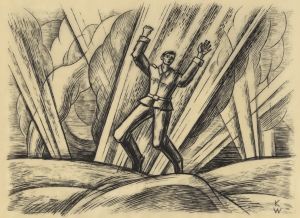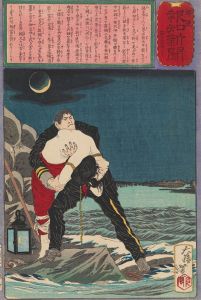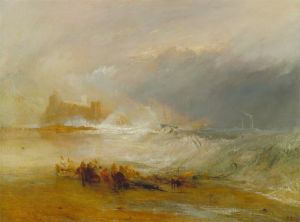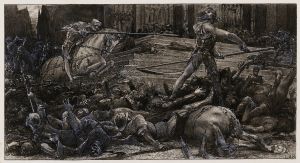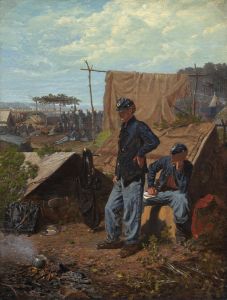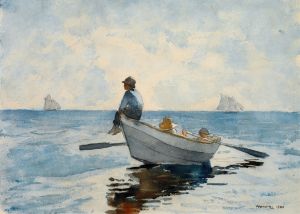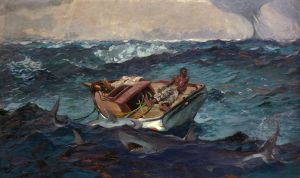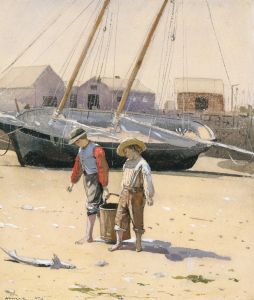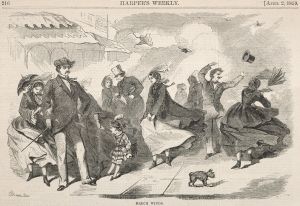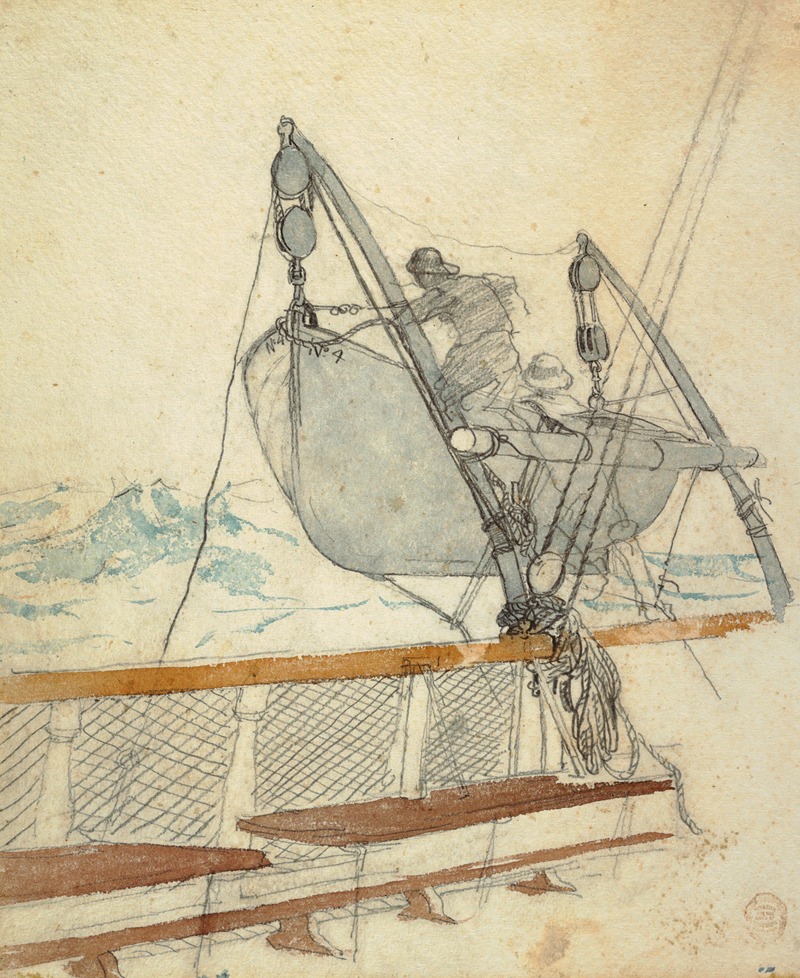
Study for ‘The Signal of Distress’
A hand-painted replica of Winslow Homer’s masterpiece Study for ‘The Signal of Distress’, meticulously crafted by professional artists to capture the true essence of the original. Each piece is created with museum-quality canvas and rare mineral pigments, carefully painted by experienced artists with delicate brushstrokes and rich, layered colors to perfectly recreate the texture of the original artwork. Unlike machine-printed reproductions, this hand-painted version brings the painting to life, infused with the artist’s emotions and skill in every stroke. Whether for personal collection or home decoration, it instantly elevates the artistic atmosphere of any space.
Winslow Homer’s Study for ‘The Signal of Distress’ is a preparatory work created by the renowned American artist as part of his exploration of maritime themes. Homer, known for his evocative depictions of the sea and coastal life, produced this study as part of his artistic process leading to the final painting, The Signal of Distress. The study reflects Homer’s meticulous approach to composition and his interest in capturing the drama and humanity of life at sea.
The artwork, like many of Homer’s marine-themed pieces, is believed to have been inspired by his time spent in coastal communities, particularly in Gloucester, Massachusetts, and later in Cullercoats, England. These locations provided Homer with firsthand exposure to the lives of fishermen, sailors, and their families, as well as the often perilous relationship between humans and the sea. His works from this period frequently depict themes of survival, communication, and the natural forces that shape maritime life.
In Study for ‘The Signal of Distress’, Homer employs his characteristic attention to detail and atmospheric effects to convey a sense of urgency and tension. The study likely served as a preliminary exploration of composition, light, and mood, helping Homer refine his ideas before completing the final painting. While the exact medium of the study is not specified in all records, Homer often worked in watercolor, pencil, or oil for his preparatory sketches.
The final painting, The Signal of Distress, is part of Homer’s broader body of work that examines the interplay between humans and nature. It is worth noting that Homer’s maritime scenes are often celebrated for their realism and emotional depth, qualities that are evident even in his preparatory studies. These works highlight his ability to convey narrative and atmosphere with remarkable skill.
As with many studies, Study for ‘The Signal of Distress’ provides valuable insight into Homer’s creative process and his dedication to capturing the essence of his subjects. It stands as a testament to his role as one of the leading figures in 19th-century American art and his enduring influence on the genre of marine painting.





